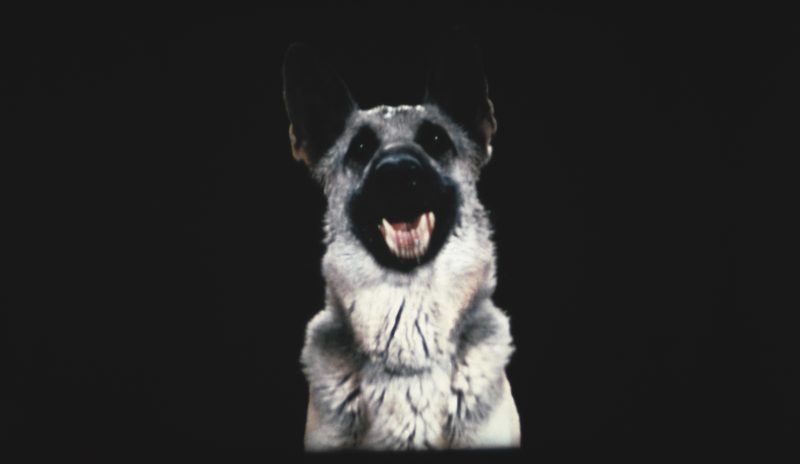“I never look at the last thing someone did for me; I look at the big picture.”
—Jack Goldstein, quoted in Jack Goldstein and the CalArts Mafia by Richard Hertz
Toward the end of John Guare’s play Six Degrees of Separation, society matron Ouisa Kittredge rebukes her husband for animatedly telling their dinner guests about a con man who inserted himself into their lives, claiming to be Sidney Poitier’s son. Ouisa is appalled that her husband would recount this humiliating, hurtful story in order to entertain and amuse their friends, when the man, in fact, had come to mean a lot to them. As she says, “We become these human jukeboxes spitting out these anecdotes to dine out on like we’re doing right now. Well, I will not turn him into an anecdote. It was an experience. How do we hold on to the experience?”
This precise dilemma presented itself often as I sat down to write about the artist Jack Goldstein. I knew Jack in the ’80s in New York, when his short-lived era of good fortune was already on the wane. I intended to share amusing or unnerving anecdotes about Jack, ones that his friends and/or enemies love to tell in glorious, bitter detail. They’re good stories; some of them may even be true. (My favorite turned out to be wholly false. In the midst of a Whitney Biennial party held at the home of a famous and self-important collector couple, Jack purportedly forced his hosts to move one of his paintings to a choicer spot in their Upper East Side townhouse.) Yet writing down these stories felt potentially more exploitative than celebratory or usefully revealing. Wouldn’t it be preferable to experience Jack’s work directly, rather than viewing it through the lens of the tittle-tattle and gossip, even if so much of the mythomania came from his own mouth, even if so much of it was a part of his persona as an artist, and responsible, to some degree, for his fame?

Thinking about Jack Goldstein, it turned out, was not much easier than knowing him.
*
Though most people remember Jack Goldstein as a failure, he was, for a brief period, a very successful artist.
Jack was born in Canada in 1945 and moved to Southern California as a teenager, where he would later attend CalArts’ hallowed post-studio program, headed up at the time by the conceptual photographer John Baldessari,...
You have reached your article limit
Sign up for a digital subscription and continue reading all new issues, plus our entire archives, for just $1.50/month.
Already a subscriber? Sign in





